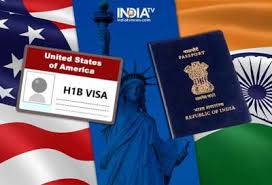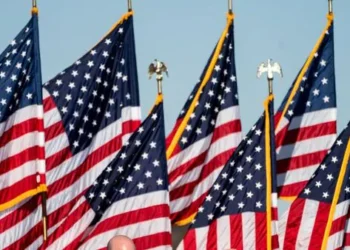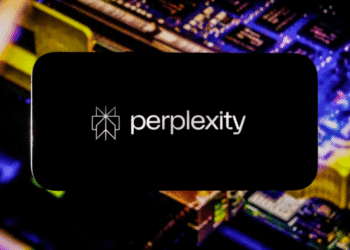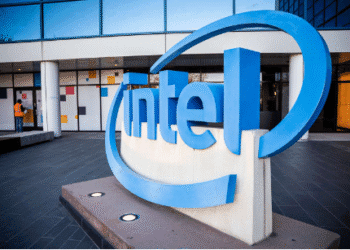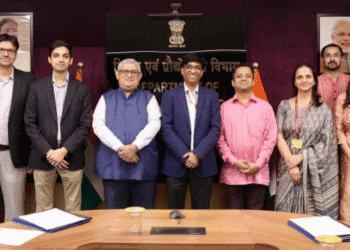Athira Sethu
Kochi, 20 September 2025
Starting from September 21, 2025, the Trump administration has rolled out a significant hike in the charges for H-1B visa applications. Employers will now need to pay $100,000 for every H-1B application, which is a drastic increase over the existing fee of up to $4,500. The development is likely to have a huge bearing on Indian IT workers, who constitute a large majority of H-1B visa holders, and big U.S. tech firms.
What is H-1B visa programme?
The H-1B is an American work visa that enables businesses to employ foreign professionals in fields of expertise, including technology, engineering, medicine, and science. The visa is normally granted for a period of three years, with an option for renewal. The intention of the program is to address skill gaps in America by importing high-skilled foreign professionals. Several Indian professionals, especially IT professionals, depend on the H-1B visa to work in America.
Why did the Trump administration increase the fees?
The Trump government’s move to raise the H-1B visa fee seeks to curb abuse of the program. According to officials, several firms had been using the visa to bring in foreign workers at reduced salaries, resulting in job loss for domestic workers. The new regulation is centered on bringing in high-income specialists, as opposed to lower-paying jobs. The increased fee will run for a year and may be continued based on future reviews.
How much did the fee Increase?
Today, the cost of an H-1B visa is between $1,700 and $4,500, depending on the processing time. The new fee of $100,000 is more than a 2,000% increase from the current maximum fee. This steep hike is likely to cost businesses much more to employ foreign workers.
Which companies will be impacted?
The businesses hit the hardest by this increase in fees are those that are heavily reliant on the H-1B visa program, particularly in tech. Large corporations such as Amazon, Tata Consultancy Services (TCS), Microsoft, and Google will be hit with an enormous increase in expense. Amazon alone, for instance, saw more than 10,000 of its H-1B visas approved in 2025, and TCS saw more than 5,500. Smaller firms that also rely on H-1B employees can be expected to struggle to pay these increased fees.
Effect on Indian IT Professionals
Indian IT professionals are the highest number of H-1B visa recipients, and this shift may impact their status to work in America. Most of them are employed in outsourcing firms such as TCS and Infosys that are among the major employers of H-1B employees. These shifts might reduce job chances for Indians since the new fees will increase difficulties for companies to sponsor them.
Why is this change occurring?
The U.S. government argues that most companies have been abusing the H-1B program by laying off American employees and hiring lower-paid foreign workers. Research indicates that foreign employees now constitute a majority of the STEM employees in the U.S., especially in IT. This has created fears that American employees are being denied jobs while businesses reduce labor costs through employing foreign workers at a lower cost.
The proposed H-1B visa fee increase would have profound implications for Indian IT workers, U.S. tech firms, and the overall job market. Increasing the expense of acquiring foreign workers is intended by the Trump administration to promote the employment of more lucrative specialists and curb the abuse of the program. It may become even harder for Indian workers to find jobs in the U.S. as well as for businesses to be able to sponsor foreign talent.













